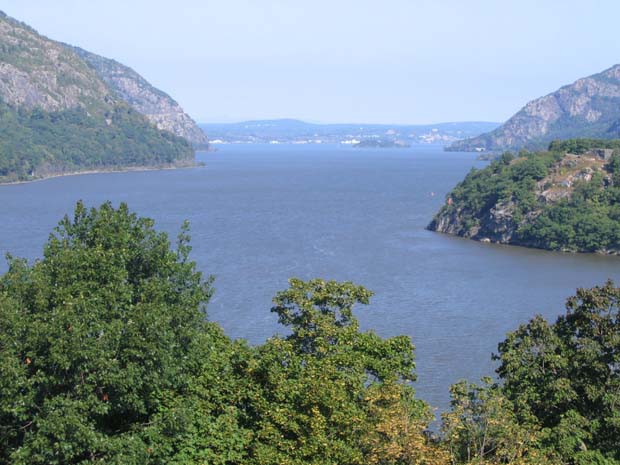DEC Releases Draft Hudson River Estuary Habitat Restoration Plan to Improve Health of the Estuary
[dropcap]T[/dropcap]he New York State Department of Environmental Conservation (DEC) has released a draft of the Hudson River Estuary Habitat Restoration Plan to guide restoration and protection actions that will sustain priority habitats in the Hudson River estuary and tributaries from the federal dam at Troy to the Tappan Zee Bridge. The plan identifies four priority habitat types for restoration: intertidal (the area between high and low tide), shallow water, shorelines and tributaries. These habitats are all important to the overall health of the ecosystem; have been degraded or destroyed on a large scale by human action; and provide feasible opportunities for restoration. Public comments on the draft plan will be accepted through October 31.
“The Hudson River Estuary program is helping people enjoy, protect and revitalize the Hudson River and its Valley,” said DEC Commissioner Joe Martens. “The Habitat Restoration Plan provides a foundation to achieve the estuary’s management goal by restoring tidal wetlands, natural shorelines and shallows, and by facilitating fish passage up the Hudson’s tributaries. Restoration of healthy habitats will provide benefits for fish, birds, turtles, crabs, mammals and invertebrate animals and to the residents of the Hudson River Valley and the State of New York.”
Dating back to the early 1800s, habitats in the Hudson River estuary have been damaged by a variety of activities including dredging of the navigation channel and filling of adjacent wetlands; construction of the railroad along sensitive shoreline habitats; and construction of dams in tributaries, affecting fish, bird, and wildlife populations. In addition, loss of coastal shallows and wetlands has reduced the diversity and productivity of these important natural areas, limiting the Hudson’s ability to adapt to climate change and rapid sea-level rise. Loss of coastal shallows and wetlands also has made coastal communities more vulnerable to flooding and intense storms by removing the natural barriers that protect against weather extremes.
The Hudson River Estuary Habitat Restoration Plan is intended for use by community groups, government agencies, scientists, conservation organizations and other restoration organizations throughout the region to plan, carry-out and evaluate habitat restoration and protection projects that will improve ecosystem health and resilience and support adaptation to sea-level rise by river shoreline communities.
The Draft Hudson River Habitat Restoration Plan was developed with input from state and federal regulatory agencies, scientists, natural resource managers and non-governmental organizations. Many technical resources produced by these groups were used to develop an understanding of current conditions and how they have changed due to human action.
The Draft Hudson River Habitat Restoration Plan is available on DEC’s website. Public comments on the draft plan will be accepted through October 31 and may be submitted with the subject line “HR Restoration Plan” to hrep@gw.dec.state.ny.us. In addition, DEC will hold two Public Information Sessions, on September 18, 1:30 – 3:30 p.m. at the Norrie Point Environmental Center at Margaret Norrie State Park in Staatsburg; and on September 24, 7 p.m. – 9 p.m. at the Professional Academic Center, the Saland Room, at Columbia Greene Community College in Hudson.
The Hudson River Estuary Program protects and improves the natural and scenic Hudson River watershed for all its residents. The program was created in 1987 and extends from the Troy dam to the upper New York Harbor. Its core mission is to ensure clean water; protect and restore fish and wildlife and their habitats; provide river access and water recreation; adapt to climate change; and conserve the Hudson Valley’s world-famous scenery. The Hudson River Estuary Program is a project of the NYS Environmental Protection Fund.



